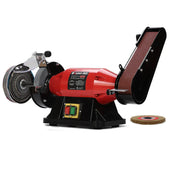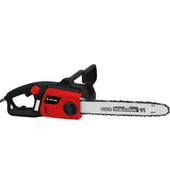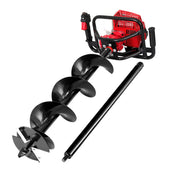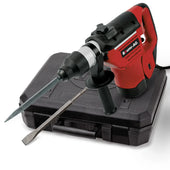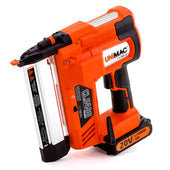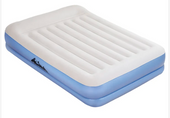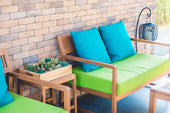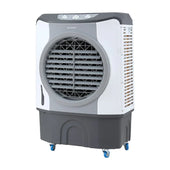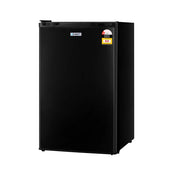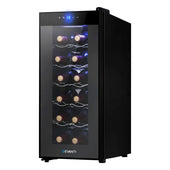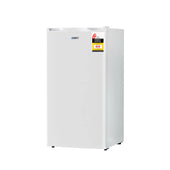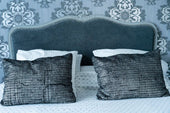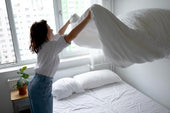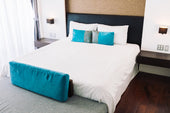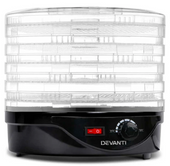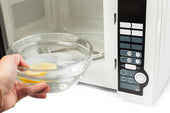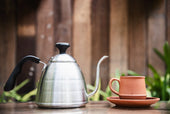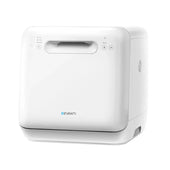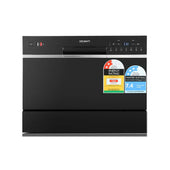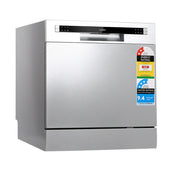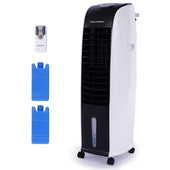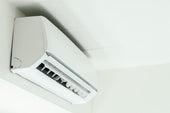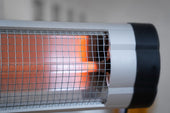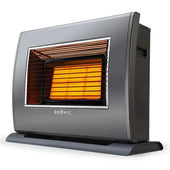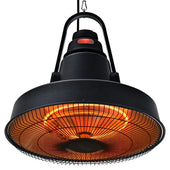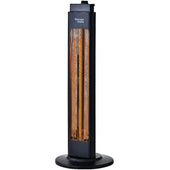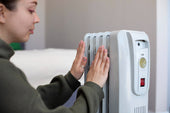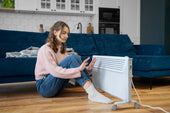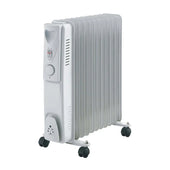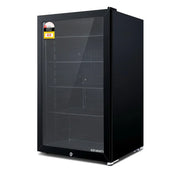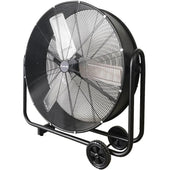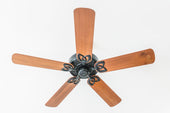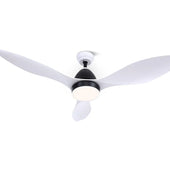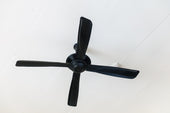Introduction: Why Floating Shelves Are a Great Addition to Your Home
Floating shelves offer a perfect blend of style and functionality, making them an appealing feature for any living space. These shelves available at During Days, create the illusion of free-standing storage, delivering a sleek and modern look while maximising wall space. They are a versatile solution that complements various design aesthetics, from minimalist and industrial to rustic and eclectic.
In addition to their aesthetic appeal, floating shelves provide practical storage or display options. Homeowners can use them to organise books, display photos, or showcase decorative items. Their installation eliminates bulky furniture, enhancing the room’s spaciousness and keeping floors clear—perfect for complementing setups like a Kids Book Shelf in a child’s room.
Gathering the Tools and Materials You’ll Need
Before installing floating shelves, it’s essential to prepare by gathering all necessary tools and materials. Start by selecting your shelves, ensuring they are the right size, style, and weight capacity for the intended space. For a clean and modern look, you might consider options such as a White Book Shelf to match minimalist décor.
Required Tools:
- Drill and drill bits for creating secure pilot holes.
- Level to ensure the shelves are perfectly horizontal.
- Measuring tape for accurate placement and alignment.
- Screwdriver for securing brackets and screws.
- Stud finder to locate wall studs for added stability.
Materials:
- Floating shelves suitable for your décor and storage needs.
- Mounting brackets or hardware included with the shelves.
- Appropriate screws and anchors based on wall type, such as drywall or masonry.
Proper preparation saves time and ensures a sturdy installation.
Choosing the Perfect Spot for Your Floating Shelves
Selecting the ideal location for floating shelves requires careful consideration of function and aesthetics. Assess the purpose of the shelves—whether for storage, decoration, or both—to determine suitable placement. Observe surrounding furniture, wall dimensions, and height to ensure the chosen spot complements the room’s layout. Consider avoiding areas where shelves may obstruct movement or overwhelming spaces with clutter. A stylish Black Book Shelf can serve as a statement piece in a well-chosen location.
Ensure the wall material, such as drywall or plaster, can safely support the shelves and anticipated weight. Natural focal points like above a sofa or desk are excellent places for visual appeal. Test several height options to achieve a balance between accessibility and design impact.
Measuring and Marking Wall Placement with Precision
Accurate measurements are essential to ensure floating shelves are both level and correctly positioned. Begin by determining the desired height and spacing for the shelves. Use a tape measure to measure from the floor or ceiling, noting the measurements with a pencil for reference. A spirit level is then used to ensure horizontal alignment. Mark the shelf width by holding a straight edge or the shelf itself against the wall, drawing light guide lines. Apply painter’s tape as a guide to protect the wall finish while drilling. Verify measurements twice before proceeding to avoid misalignment.
Preparing the Wall and Ensuring Level Alignment
Before installing floating shelves, it is essential to prepare the wall and ensure accurate level alignment. Begin by identifying the desired location. Use a tape measure to mark the height and width, ensuring the placement suits the intended purpose. A spirit level should be used to confirm the marked lines are perfectly horizontal. Screws or anchors will require firm attachment to prevent sagging, so ensure the wall is sturdy and not crumbling. For plaster, concrete, or drywall, select appropriate fixings. Remove dust or debris from the surface to ensure maximum grip. Double-check alignment before moving forward with installation.
Drilling Holes and Securing Mounting Brackets
To begin, use a pencil to mark the precise points on the wall where the mounting brackets will be installed. Ensure these markings align with wall studs or use wall anchors if studs are unavailable. A spirit level can help guarantee the markings are perfectly horizontal to avoid tilted shelves.
Once marked, drill pilot holes into the wall at the indicated points. Use a drill bit compatible with the chosen screws and wall material. Position the mounting brackets over the holes, aligning them carefully. Secure the brackets by driving screws through their mounting holes into the wall, ensuring they feel tightly fastened.
Attaching the Shelves to the Wall Brackets
- Begin by sliding the floating shelf carefully onto the wall brackets. Ensure the shelf aligns properly and sits flush against the wall.
- Check that there is no wobbling or gaps and that the brackets fit snugly inside the pre-drilled holes or slots on the shelf.
- Secure the shelf by inserting screws through the small holes on the underside of the shelf, where the brackets are placed.
- Tighten the screws using a screwdriver, taking care not to overtighten to avoid damaging the wood.
- Verify the shelf is level by using a spirit level and make adjustments if necessary.
- Repeat the process for additional shelves, ensuring consistent spacing and alignment. For a classic, warm look, consider complementing with an Oak Book Shelf.
Checking Sturdiness and Making Final Adjustments
- Begin by gently pressing down on the floating shelf to ensure it does not wobble and is securely mounted.
- Inspect each mounting bracket and screw, verifying they are tightened adequately.
- Use a spirit level once more to confirm the shelf remains aligned and balanced.
- Examine the wall around the mounted shelf for any signs of instability, such as cracks or gaps.
- Verify that the shelf can hold intended items by loading a test weight, ensuring its functionality.
- If necessary, adjust screws or brackets to address unsecured sections.
- Clean the shelf and surrounding area, removing dust or debris caused during installation.
Tips for Styling and Decorating Your Floating Shelves
- Start with a theme: Choose a cohesive theme or colour palette to ensure the shelves complement the room’s decor. Neutral tones or vibrant pops of colour can create a stunning visual effect.
- Layer items: Arrange pieces in varying heights and textures, such as books, vases, or photo frames. Layering adds depth and visual interest without clutter.
- Incorporate greenery: Add small plants or succulents to give a fresh, natural touch while maintaining balance.
- Use decorative accents: Include artwork, candles, or seasonal decorations, but avoid overcrowding.
- Balance the weight: Place heavier objects evenly to prevent imbalances and stress on the shelves.
- Reorganise often: Refresh the styling periodically to keep the space feeling dynamic and personalised.
Common Mistakes to Avoid During Installation
- Incorrect Wall Anchors: Using the wrong type of wall anchors can lead to shelves that aren’t properly secured. Always choose anchors suitable for the wall material, whether drywall, concrete, or plaster.
- Skipping Leveling: Failing to use a spirit level can result in uneven shelves. Ensure alignment before securing brackets to achieve a professional finish.
- Overloading Shelves: Exceeding weight limits could weaken the installation and cause damage. Verify the shelf’s load capacity beforehand.
- Ignoring Stud Detection: Neglecting to locate wall studs may compromise stability. Use a stud finder to ensure proper attachment points.
- Rushing Measurements: Imprecise measuring can lead to misaligned or poorly spaced shelves. Double-check all measurements before drilling.
Maintaining Your Floating Shelves Over Time
Regular upkeep ensures floating shelves remain secure and visually appealing. Start by inspecting brackets and wall anchors periodically to check for looseness. Tighten screws with suitable tools if necessary. Dust shelves weekly using a microfibre cloth to prevent dirt build-up, especially in crevices. For wooden shelves, polish them occasionally with furniture oil or wax to preserve their finish.
Avoid overloading shelves by respecting their weight limits; distribute weight evenly across the surface. Be mindful of environmental factors, such as humidity, which might warp wooden shelves or weaken attachments over time. Address any changes immediately to maintain both functionality and safety.
Conclusion: Elevate Your Space with Floating Shelves
Floating shelves offer a seamless solution for both storage and style, transforming ordinary walls into functional design elements. They cater to diverse needs, enabling homeowners or renters to organise essentials or showcase personal treasures while creating aesthetic appeal. With proper installation, they combine durability with elegance, complementing various interior themes from minimalist to eclectic. The discreet hardware creates an illusion of weightless support, enhancing the overall design without visual clutter. Ideal for small or large spaces, they optimise wall surface use. By integrating floating shelves, individuals can reimagine their space, blending practicality with bespoke design effortlessly.



